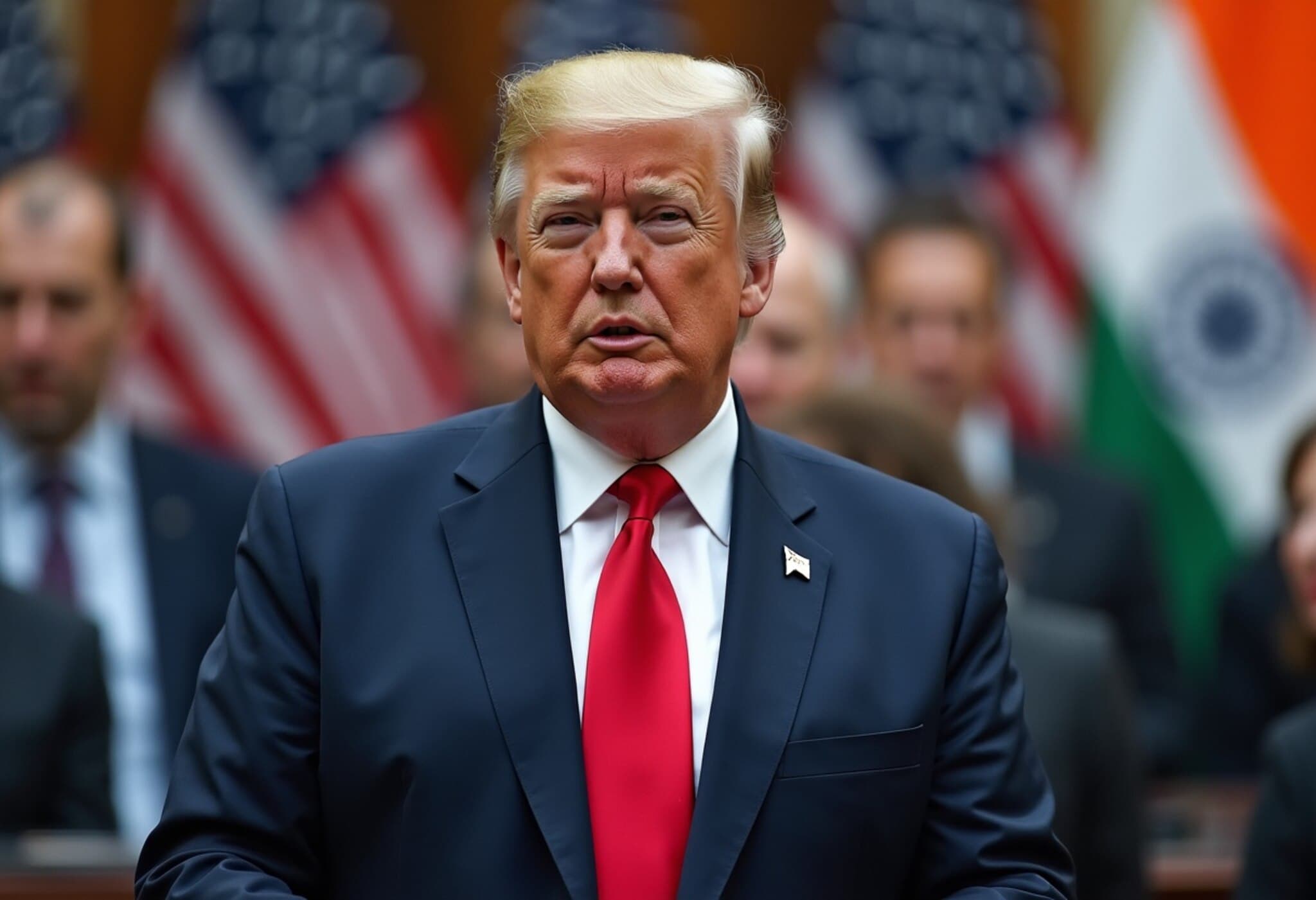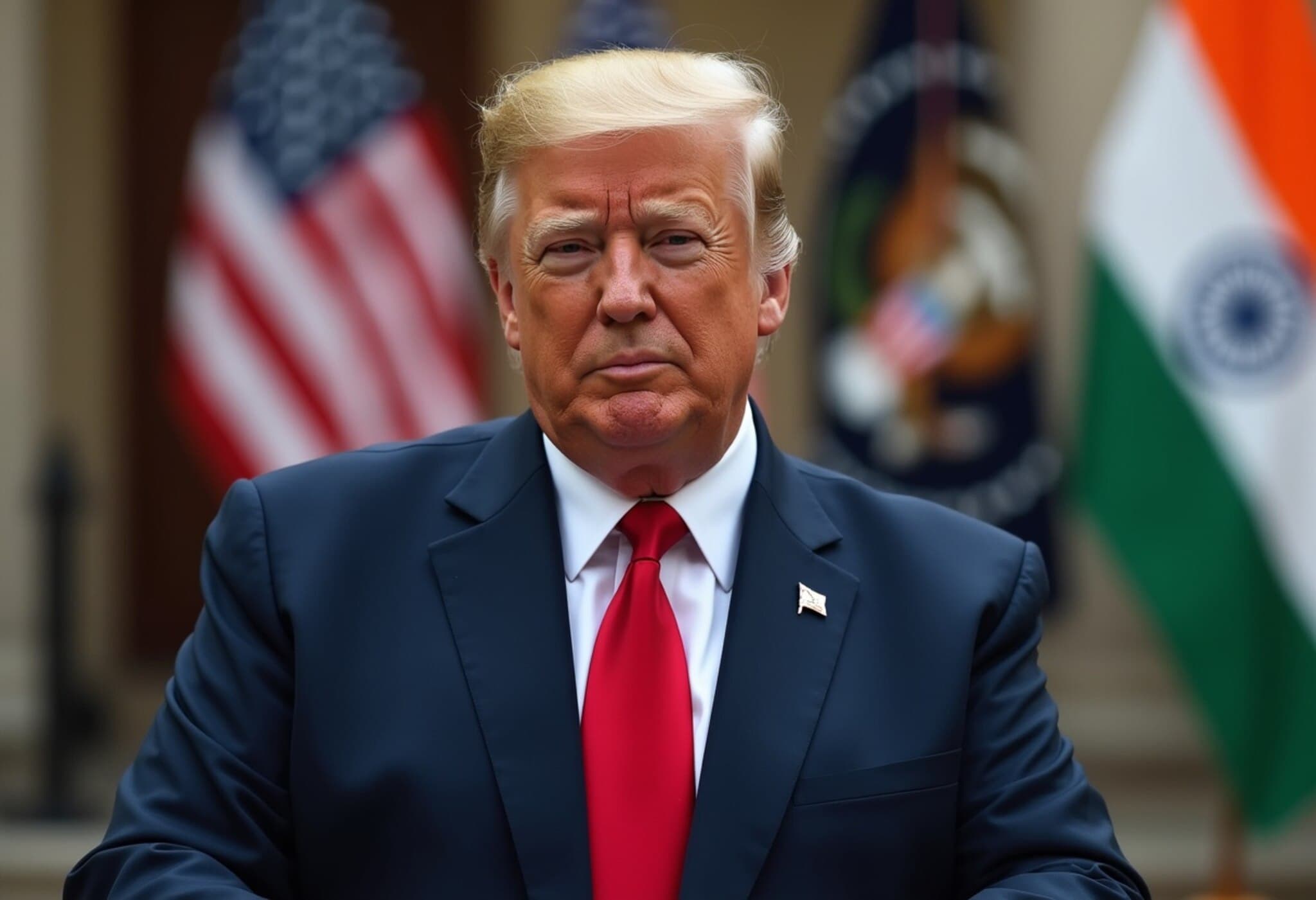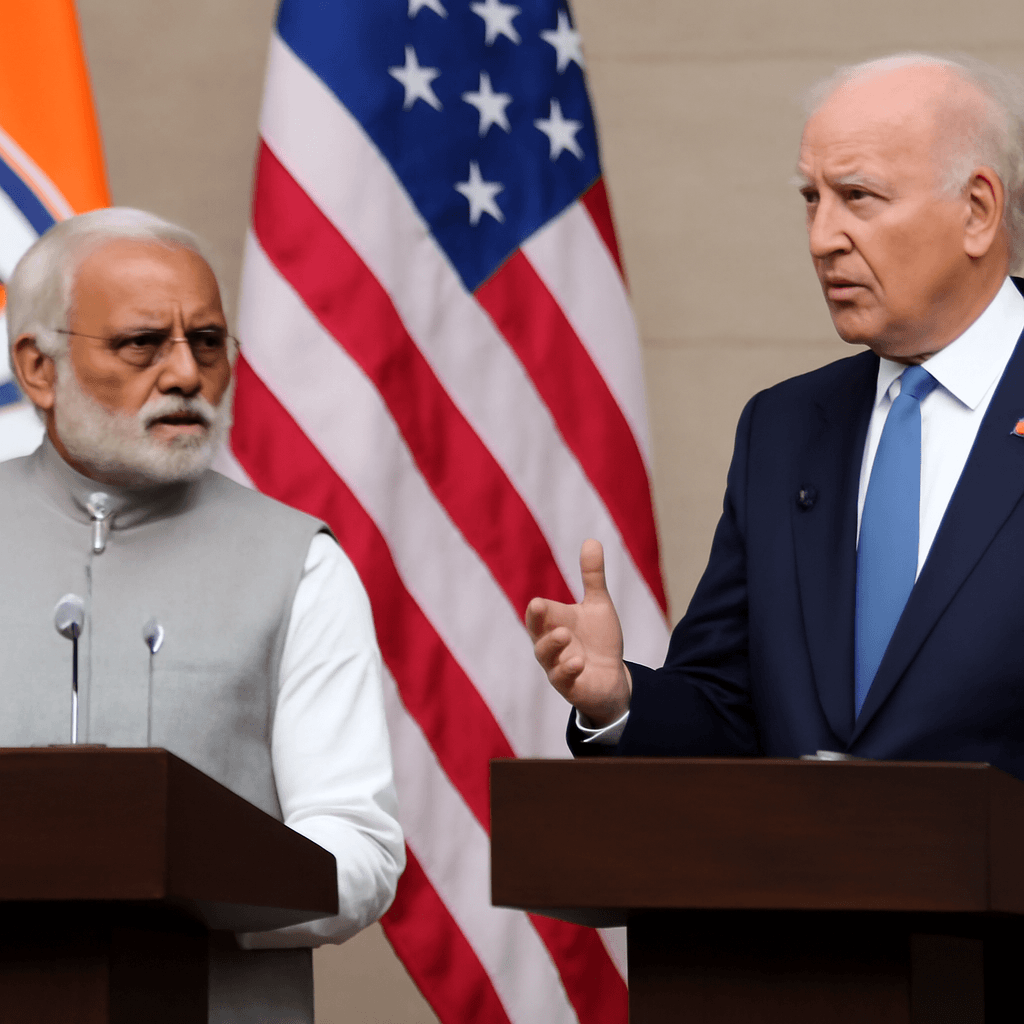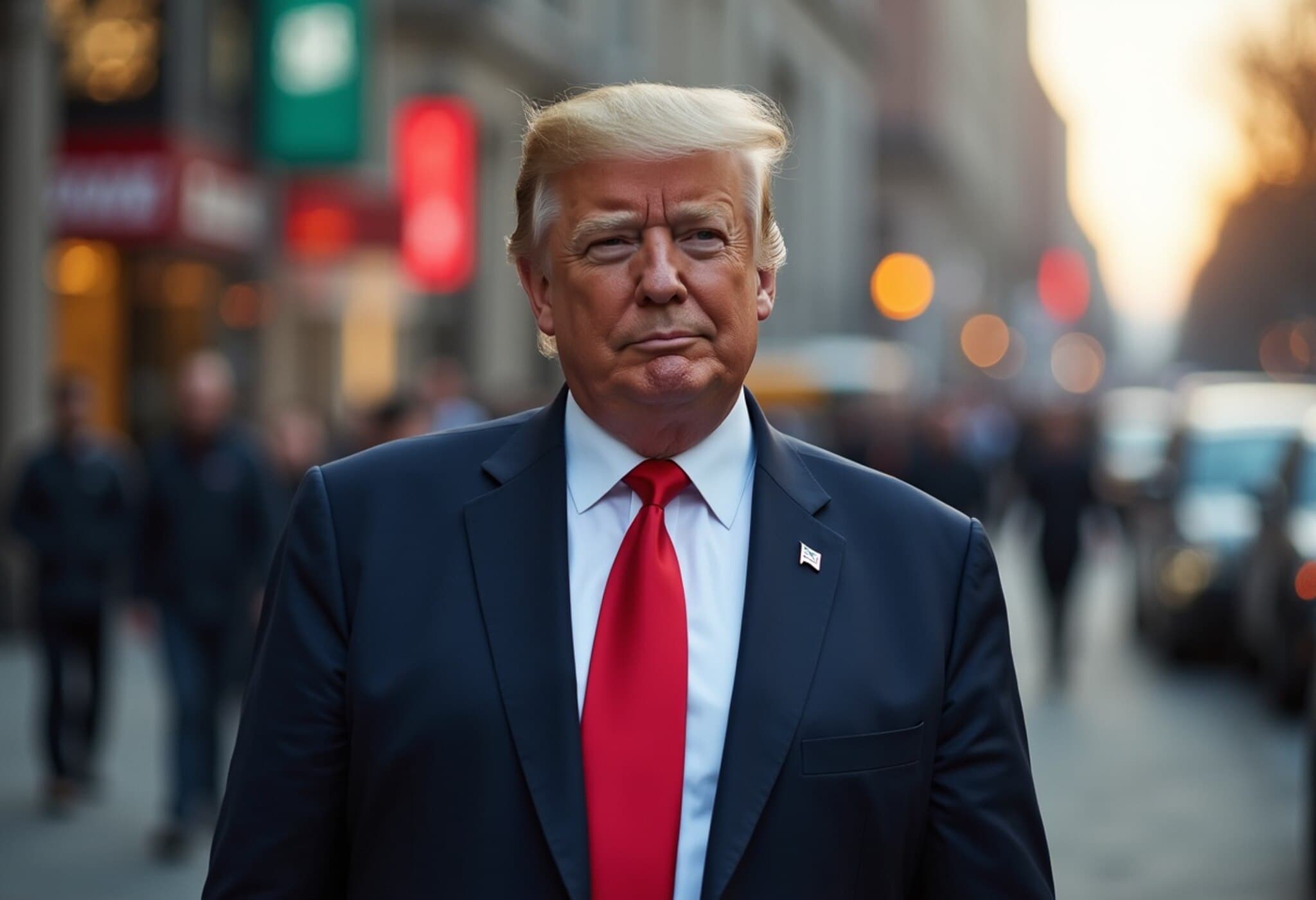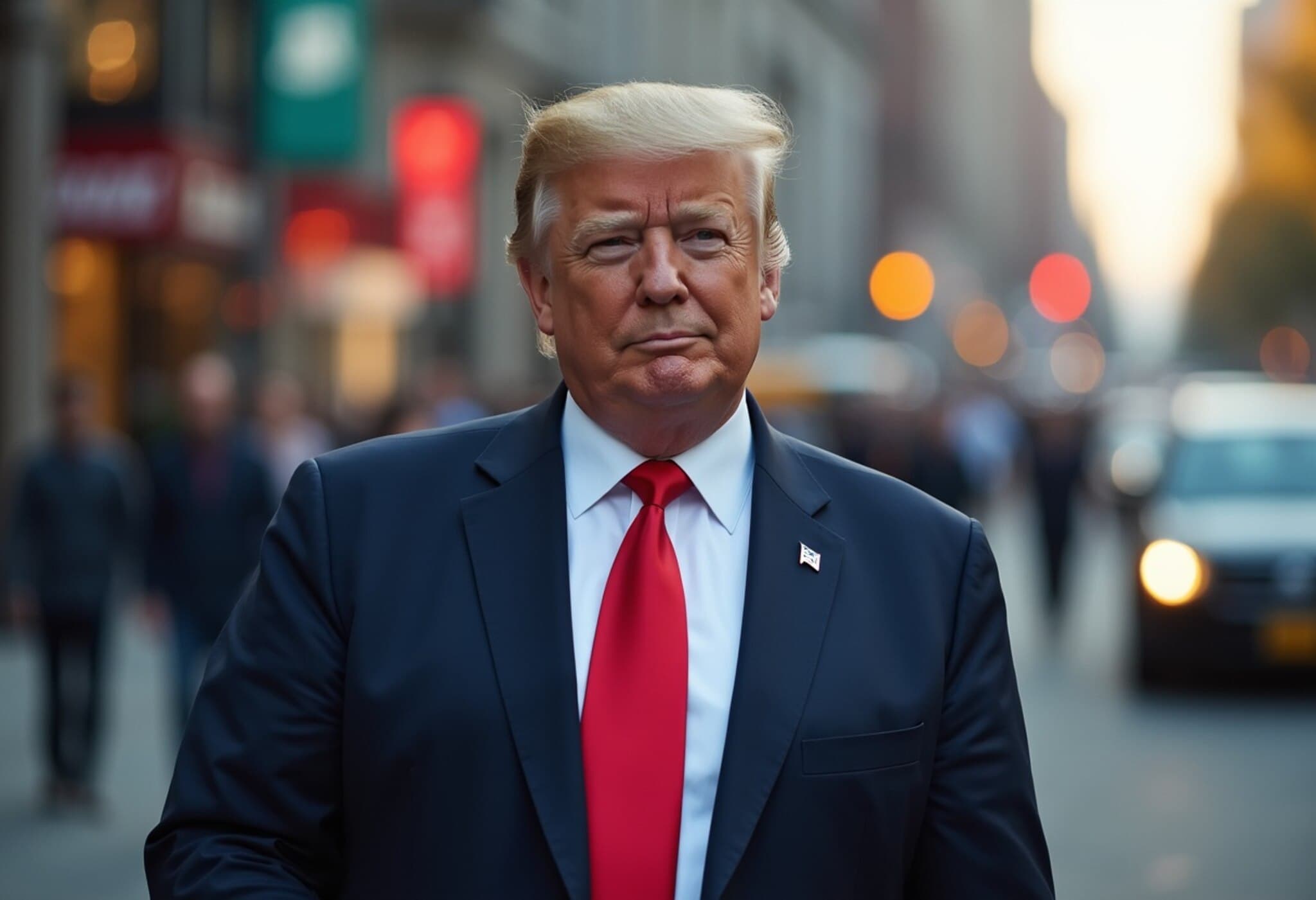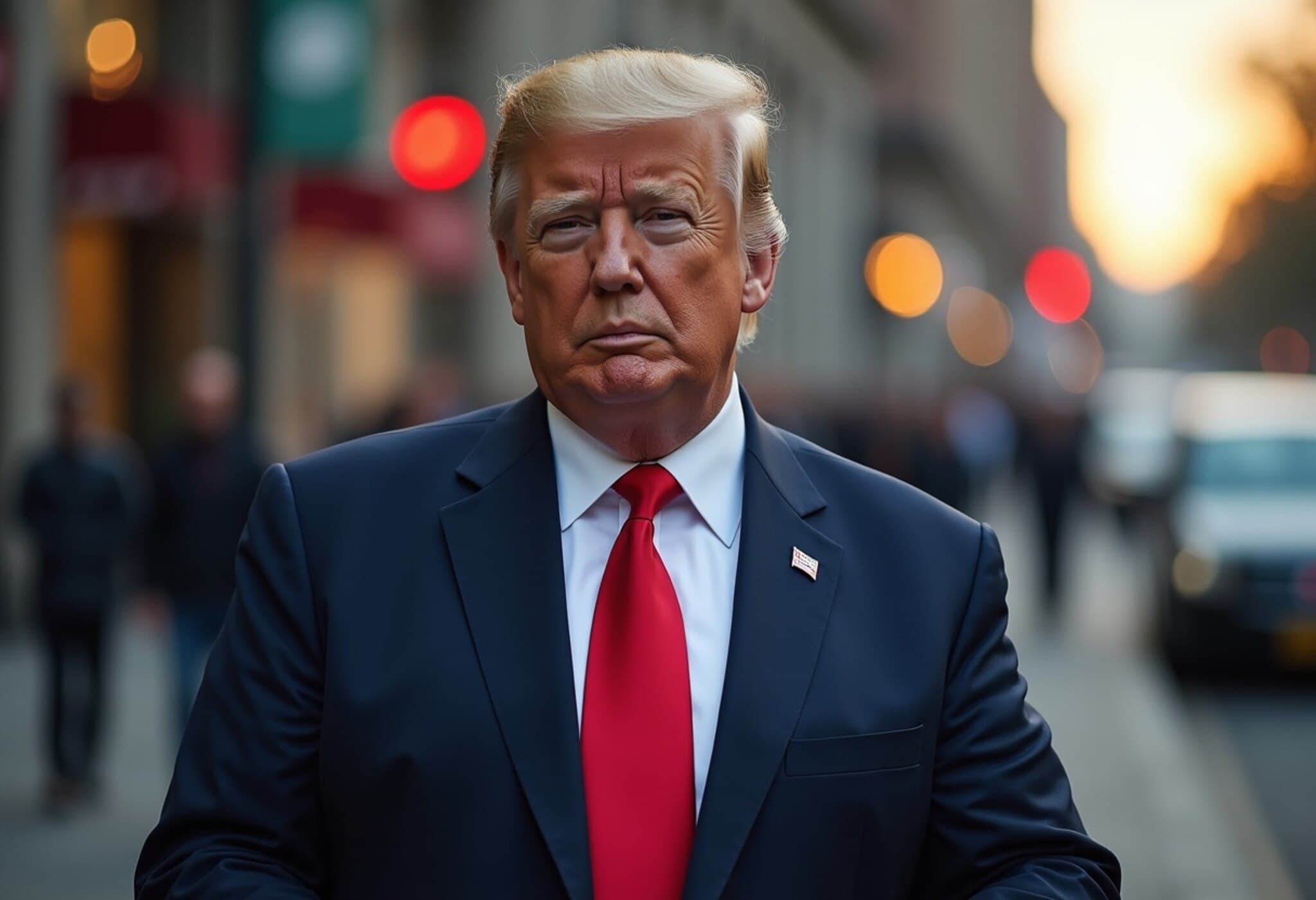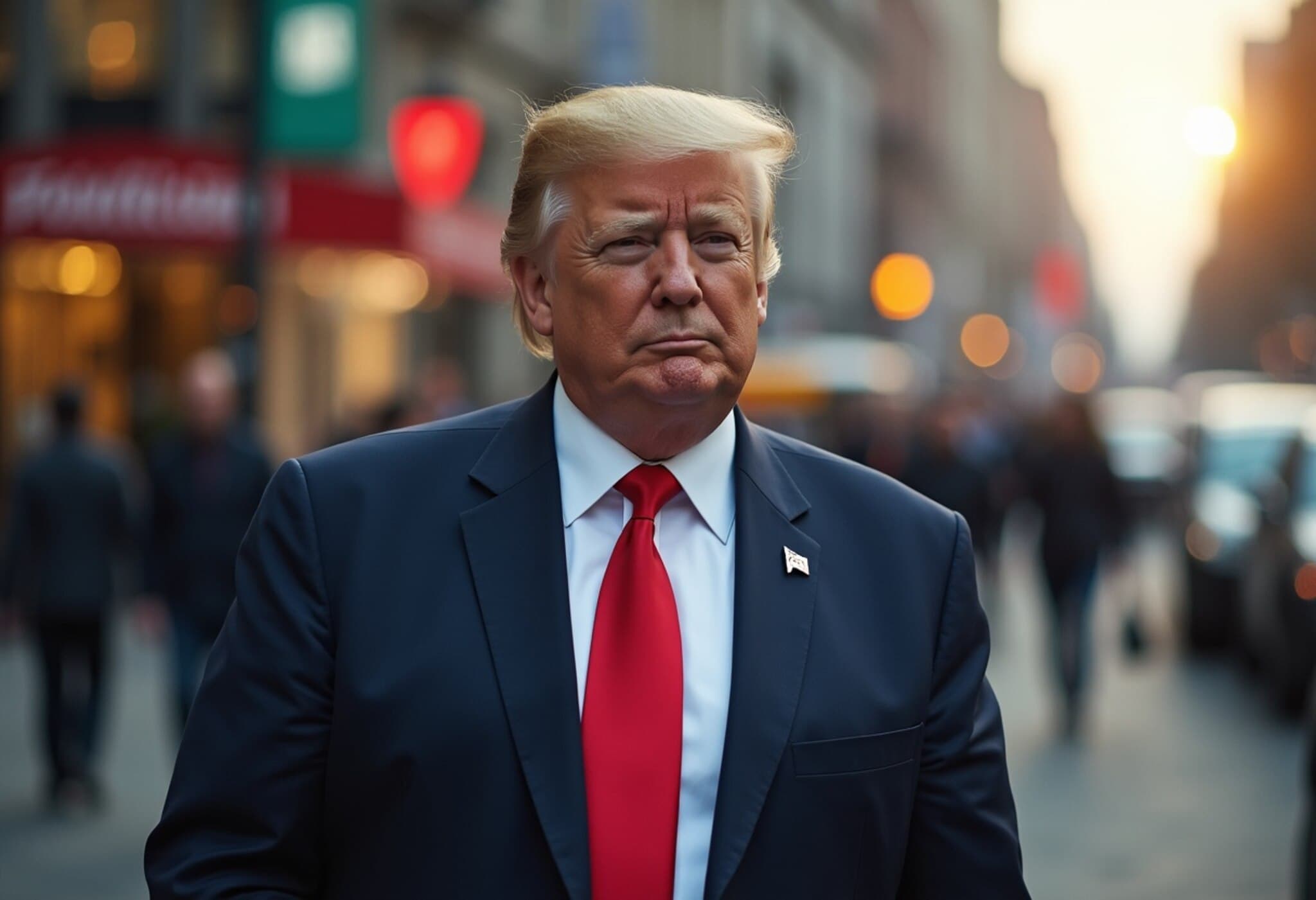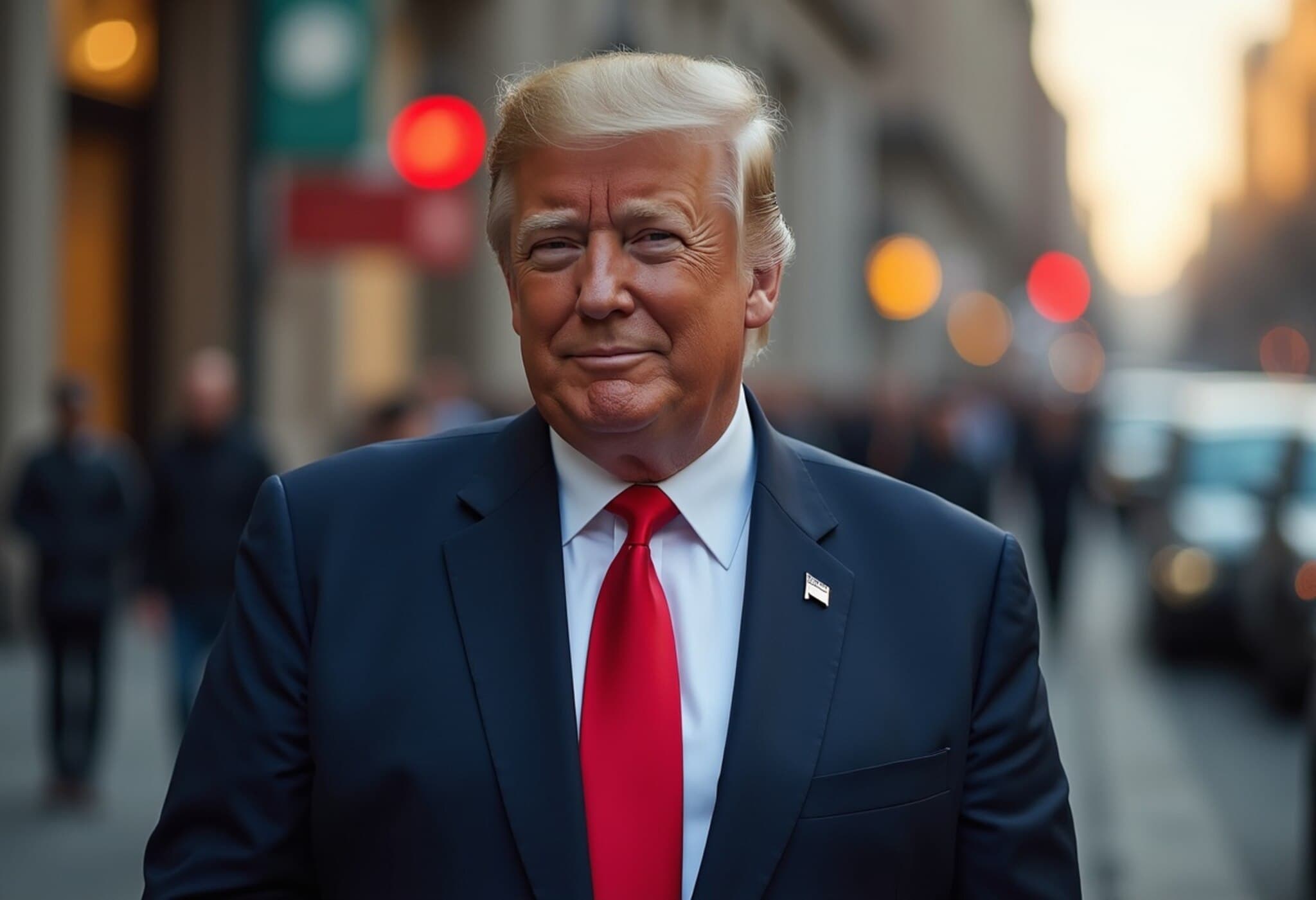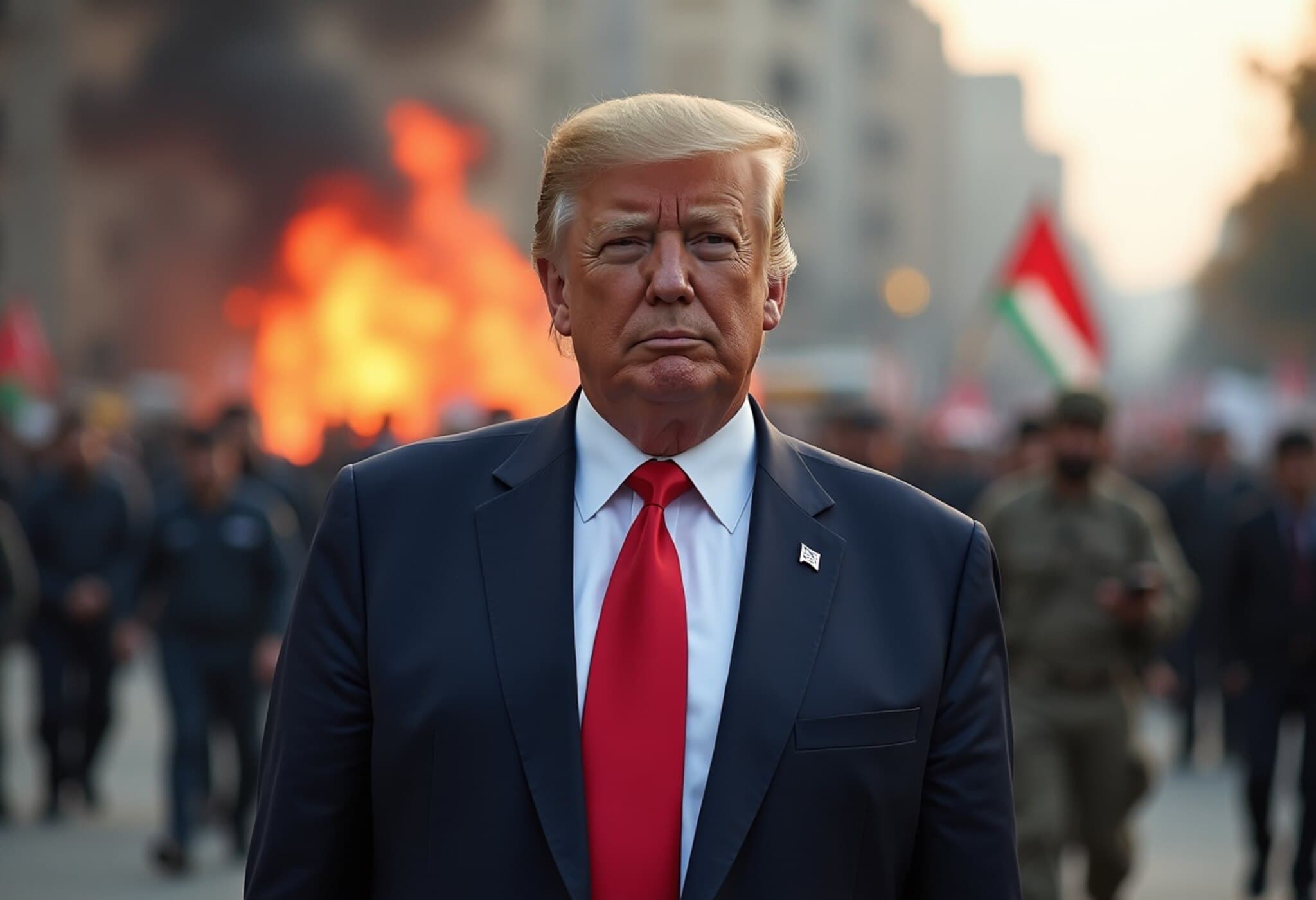US Doubles Tariffs on India to 50%, Offering 21-Day Window for Negotiations
In a significant escalation of trade tensions, US President Donald Trump announced a doubling of tariffs on Indian imports to a staggering 50 percent. This aggressive move comes as US trade negotiators prepare to visit India on August 25, sparking urgent talks about the future of bilateral trade relations.
While almost doubling the tariff from the previous 25%, the White House simultaneously provided a 21-day delay before the additional 25% tariff takes effect, a critical window for India to negotiate terms and potentially avert the full brunt of this punitive measure.
Context: National Emergency Cited Over Russia-Ukraine Crisis
The executive order accompanying the tariff hike cites a "national emergency stemming from Russia’s actions in Ukraine" as rationale. Specifically, it references India’s continued import of Russian oil—either directly or indirectly—as the core justification. President Trump views this import activity as undermining US-led sanctions and, therefore, sees increased tariffs as an appropriate countermeasure.
Crucially, this makes US tariffs on Indian goods the highest imposed on any country globally. By comparison, tariffs on China stand at 30%, while Pakistan faces a 19% rate. Notably, the US recently scaled back tariffs on Chinese goods from 145% to 30%, reflecting a complex diplomatic calculus.
Impact on Indian Exporters and Trade Dynamics
India exports roughly $80 billion worth of goods to the US annually, with about half of these exports enjoying exemptions—particularly in pharmaceuticals and electronics manufacturing. However, uncertainties caused by the tariff increases are already disrupting trade, forcing exporters to reconsider their strategies amid fears of market access erosion.
Many economists and trade experts warn that this uncertainty could ripple through Indian industries reliant on US markets as a critical outlet.
Political and Strategic Ramifications
India's official responses describe the move as "unjustified and unreasonable," emphasizing its commitment to safeguarding national interests and economic security. Yet, this tariff escalation risks more than trade losses; it threatens to strain the broader US-India strategic partnership.
Renowned policy analyst Evan A. Feigenbaum from the Carnegie Endowment for International Peace highlights the political repercussions: "US-India relations risk becoming a political football within New Delhi. The foundation of trust that underpinned closer ties is at stake, especially as Washington appears unwilling to adjust sectoral tariffs affecting critical industries like steel and automobiles."
Feigenbaum further notes that Trump’s outreach to Pakistan’s government and military amidst this dispute aggravates concerns within India, complicating a relationship already delicate due to India's engagements with Russia, Iran, and Myanmar.
Looking Forward: Negotiation Window and Possible Outcomes
The executive order specifies that the new 25% tariff on top of the existing 25% will be effective 21 days after the order’s announcement, with a cutoff date for goods in transit or already loaded onto ships to be exempt until September 17, 2025. This grace period opens a crucial negotiation window for Indian policymakers.
- Key Negotiation Challenges: US demands greater access to the Indian agricultural market—a notable sticking point delaying a final trade deal.
- Sector-specific Tariffs: India has pressed for tariff relief on steel and automobiles, sectors greatly impacted by previous US tariffs totaling approximately $5 billion in exports.
- Monitoring of Russian Oil Imports: The US Commerce Secretary will keep a watchful eye on other countries importing Russian oil, with potential future sanctions looming.
India's next moves will not only test its trade diplomacy acumen but also signal the future trajectory of its strategic alignment with a superpower that has been an increasingly important partner yet a challenging trade ally.
Expert Commentary: A Crossroads for US-India Relations
This tariff escalation vividly illustrates the complexities of balancing geopolitical strategy with economic interests. The US approach blends protectionist tariffs with strategic sanctions aimed at isolating Russia, but in doing so it risks alienating an emerging global partner. For India, reliant on both Russian energy supplies and access to the lucrative US market, the stakes are immense.
Moreover, this situation underscores an emerging trend in international trade relations—where national security concerns intersect with economic diplomacy, complicating traditional trade paradigms.
Editor's Note
The doubling of US tariffs on Indian goods highlights an increasingly fraught intersection of geopolitics and global trade in a volatile international environment. It raises pivotal questions: Can India navigate these turbulent waters without jeopardizing its economic growth? Will the US and India find common ground to preserve their strategic partnership amid divergent interests? And how might this development influence broader global supply chains and alliances?
The coming weeks will be critical. Stakeholders should watch closely as negotiations unfold, bearing in mind that the resolution—or lack thereof—will have profound implications far beyond immediate tariff lines.
Stay informed as this story develops and consider the multi-layered challenges shaping the future of global trade.





